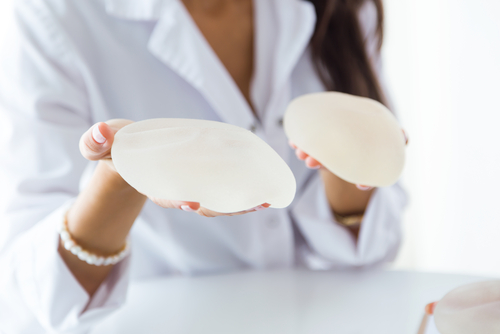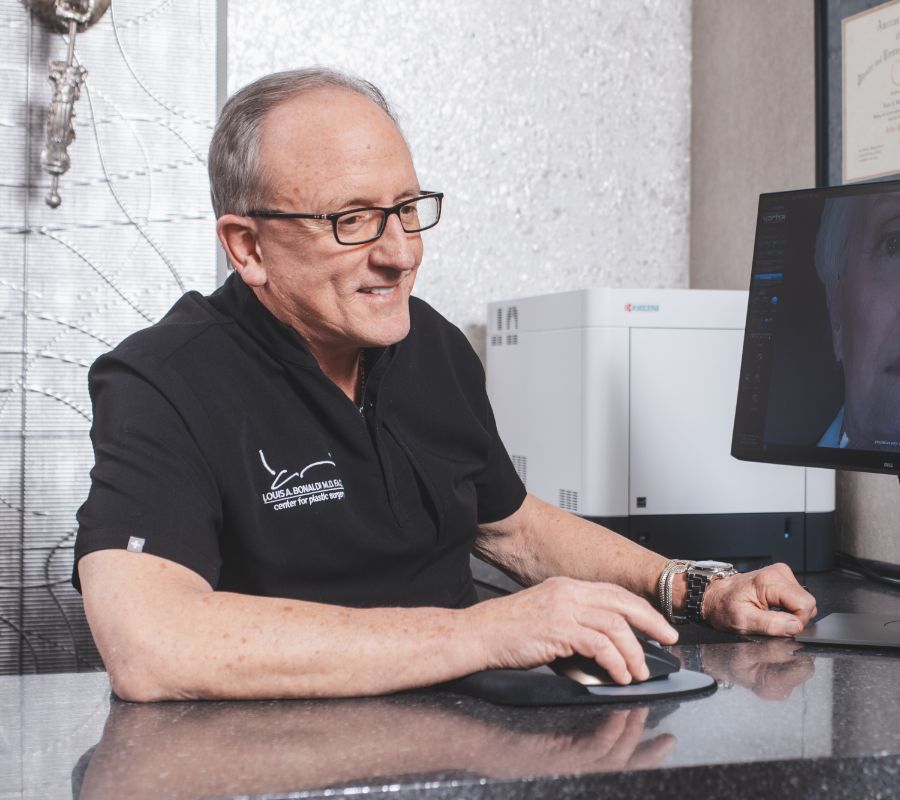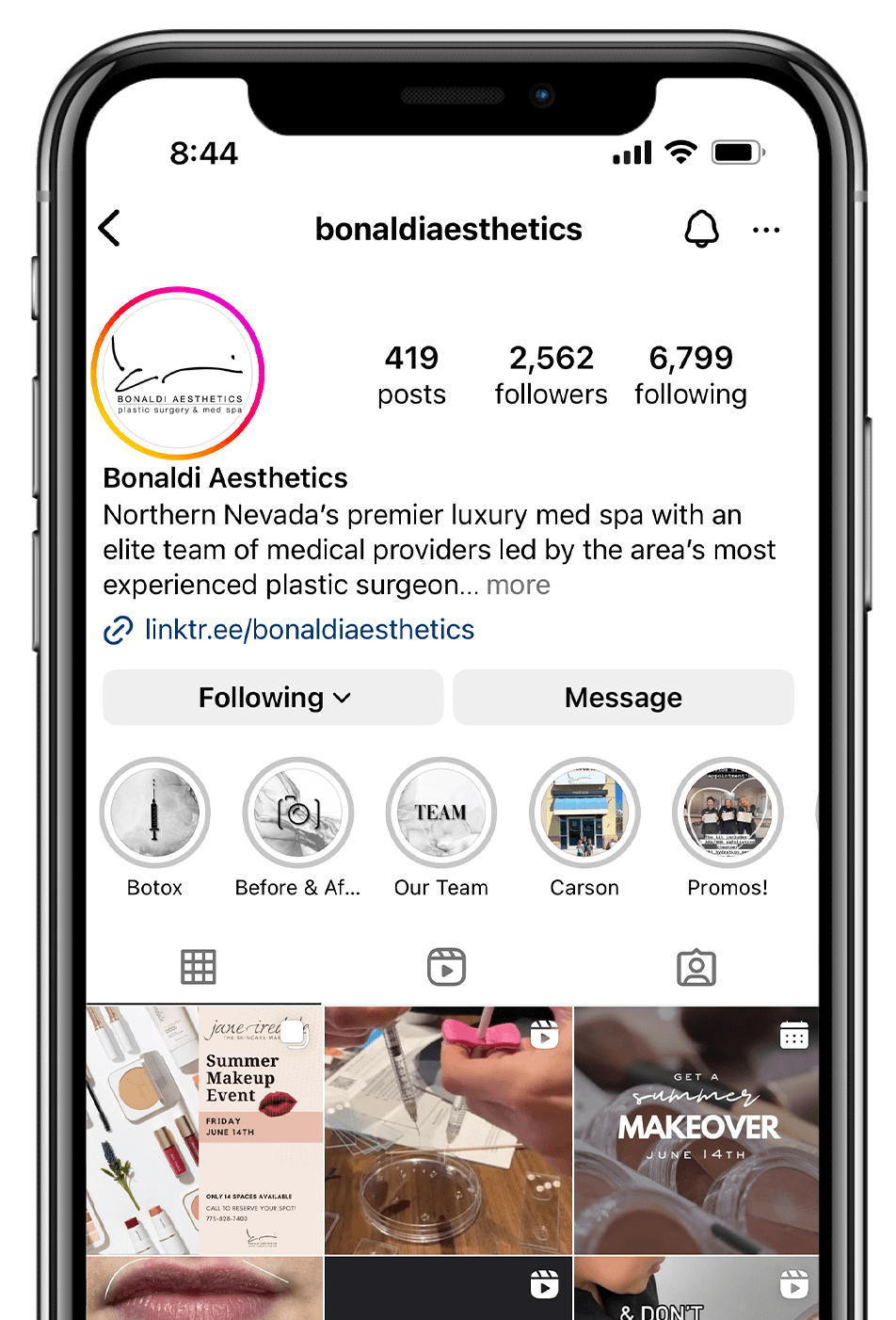February 04, 2019 | Breast Augmentation
3 minute read
Although the vast majority of breast augmentation procedures are performed with no significant problems, all surgery comes with inherent risks and potential complications. Before you undergo surgery, it is essential to familiarize yourself with any possible problems so that you know what to look for.

Breast Implants Are Not Foolproof
Breast implants are made with a durable silicone shell that can withstand an enormous amount of pressure. Unfortunately, just because implants are sturdy, it does not mean that they can never break.
Implant Rupture
Implant rupture is one of the most regularly seen postoperative complications. Implant rupture occurs when the shell of an implant breaks or tears, allowing the inner contents to leak into the body. While implant ruptures are not inherently dangerous to your health, it is vital that you remove a damaged implant as soon as possible.
The rupture of a saline implant is easy to diagnose. Once the shell breaks, the saline solution will escape into the body where it is absorbed. This results in the immediate deflation of the breast. Silicone implant ruptures are more difficult to spot because the silicone does not escape from its shell as easily. Silicone gel tends to maintain its shape even after a rupture, and it may not be noticeable for several years, if ever. Silicone ruptures are typically diagnosed through the routine MRIs that patients with silicone implants are required to undergo.
A rupture requires revision surgery to remove the damaged implant. Ruptures can occur from significant trauma to the breasts, or from a faulty or aging implant.
Implant Life Expectancy
Even though breast implants are reliable, they will not last forever. Implants have a life expectancy of between 10 and 15 years. Before you undergo breast augmentation, be aware that your implants will likely need to be replaced at some point.
Revision Surgery May Be In Your Future
No one wants to hear that the surgery they are about to undergo may not go according to plan. Unfortunately, it is possible. While rare, patients may experience one of the following:
Breast Asymmetry
Breast asymmetry occurs when your breasts differ in size or shape, or project in different directions. Whether asymmetry already existed and the implant highlighted it, or the implant shifted in the breast pocket over time, breast asymmetry can become an issue. Revision surgery removes and replaces one or both of the implants.
Capsular Contracture
Scar tissue forms around any foreign object in your body, including a breast implant. Capsular contracture occurs when this scar tissue hardens and squeezes the implant, causing physical pain and an altered breast shape. Capsular contracture requires revision surgery to remove the implant and scar tissue.
Additional Complications
Any surgery comes with the risk of complications such as reactions to anesthesia, bleeding, swelling, hematoma, and infection. These are usually temporary and should not be cause for alarm. More lasting complications from breast augmentation may include a change in breast or nipple sensation, or the inability to breastfeed.
Although this list may sound alarming, these are all rare occurrences. For more information, or to set up a consultation for breast augmentation, contact Dr. Bonaldi by calling (775) 828-7400 or by filling out our online contact form.





